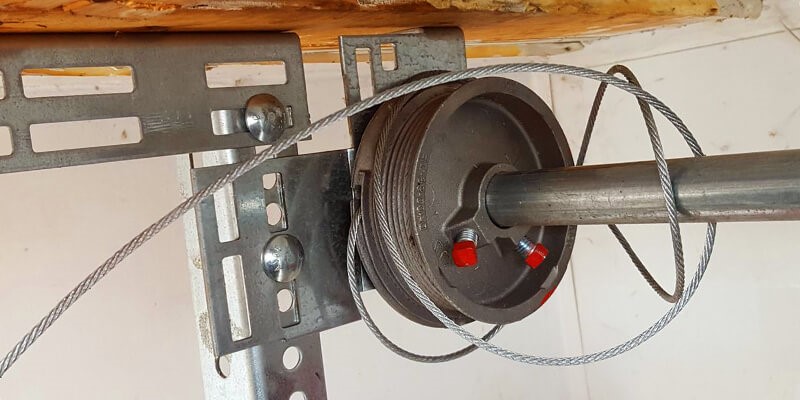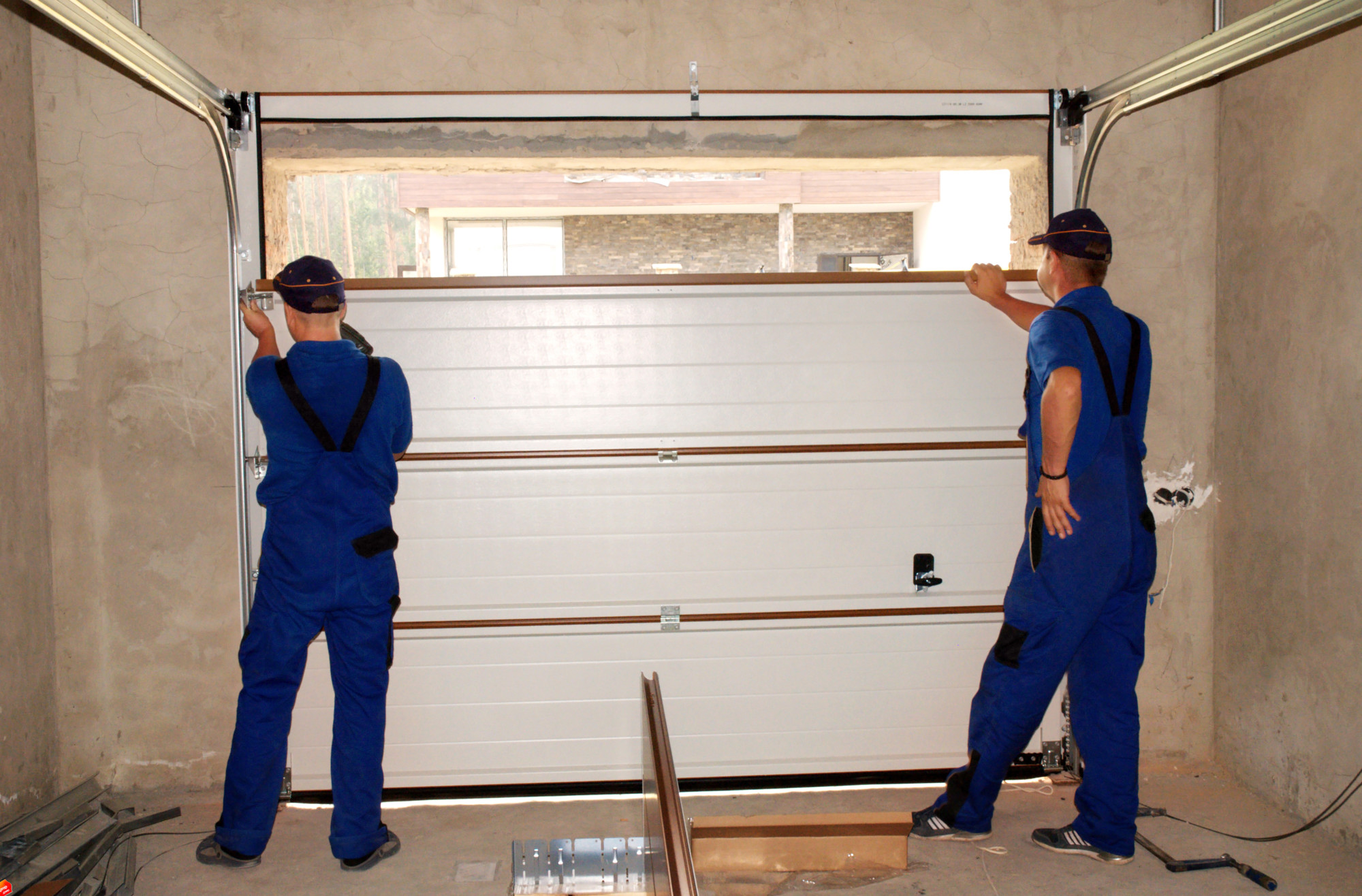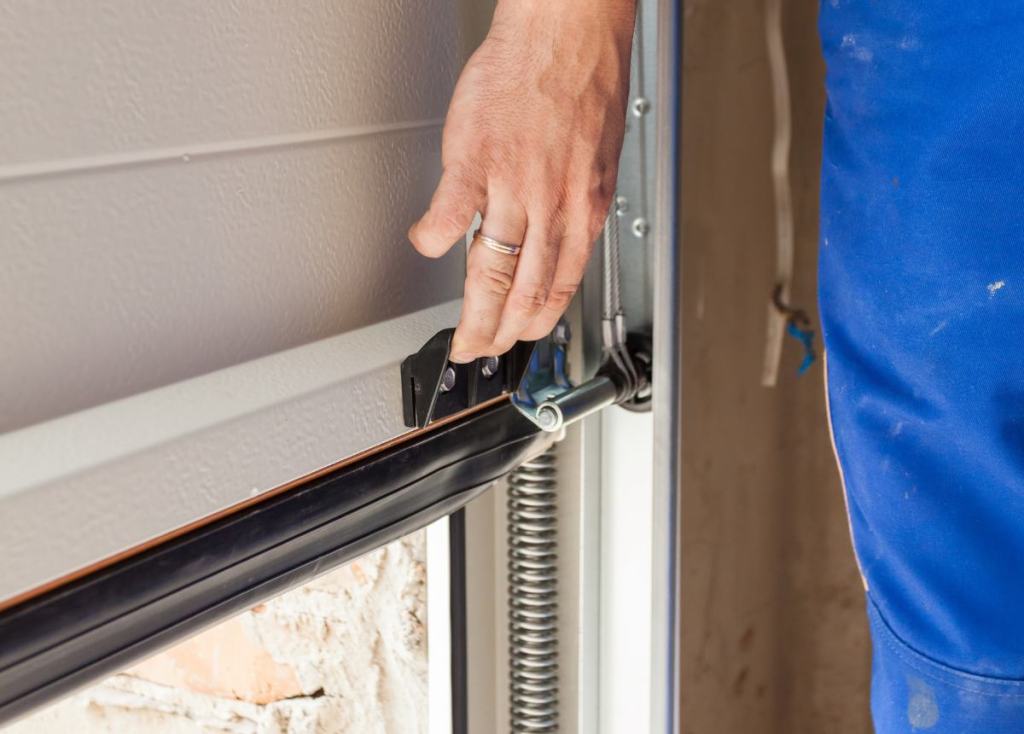Garage Door Cable Repair

Our Garage Door Cable Repair Service

Cable Inspection and Diagnosis

Cable Repair
How Are Your Garage Door Cables Doing?
Reasons for Replacement
Old, Tired Cables
Door Cable Coiled
Garage Door Cable That Is Fraying
From here, the only problem you will experience is the garage door cable, so you are strongly urged to replace it. If you let that one slide, it can cause a serious issue with the garage door.
Damage Inflicted Outside Of Regular Use Kinked Cables

When Will You Notice A Problem With Your Garage Door Cable?
01
Close the Door
Attach a locking pair of pliers or a g-clamp on the line directly above one of the rollers. Furthermore, disconnect the cable and unplug the garage door opener before beginning any spring and cable repairs.
02
To Release Working Springs
Insert a rotating bar into the winding rod of the strong spring's bottom hole. Hold the bars in place while the two set screws become less tight. Sit down; the spring will move with considerable torque as the bolts loosen. Then, wind down the loose springs from the central bracket first.
03
Keeping the Torsion Tube Secure
Release the set screws on both sides of the lift cable drum, detach the lift cables, and clamp a tightening pin or a g-clamp onto the middle bracket to hold the torsion tube in the bracket. To remove the cable drum, slide the torque tube to the right from the left side of the frame. The tube from the original spring should then slide out.
04
Replacement of Rollers, Lift Cables, and Brackets
Clip the lift cable loop onto the new bottom bracket over the bolt after fastening the left spring and center bearings. Install the replacement roller after installing the fresh cables and brackets at the base.
05
Secure the Cables
Push the wire or hoist cables between the door frame and the rollers. Pull the cable lift stop over the drum slot after that. Equalize the stress to strengthen the drums.
06
Stretching and Winding Springs
Wind a rotating rope into a cone and drag it upward. One-quarter switch at a time, outrun the bars as you switch the spring. Before the set screws are fastened, expand the spring by roughly 1/4 inch using the rotating bar.